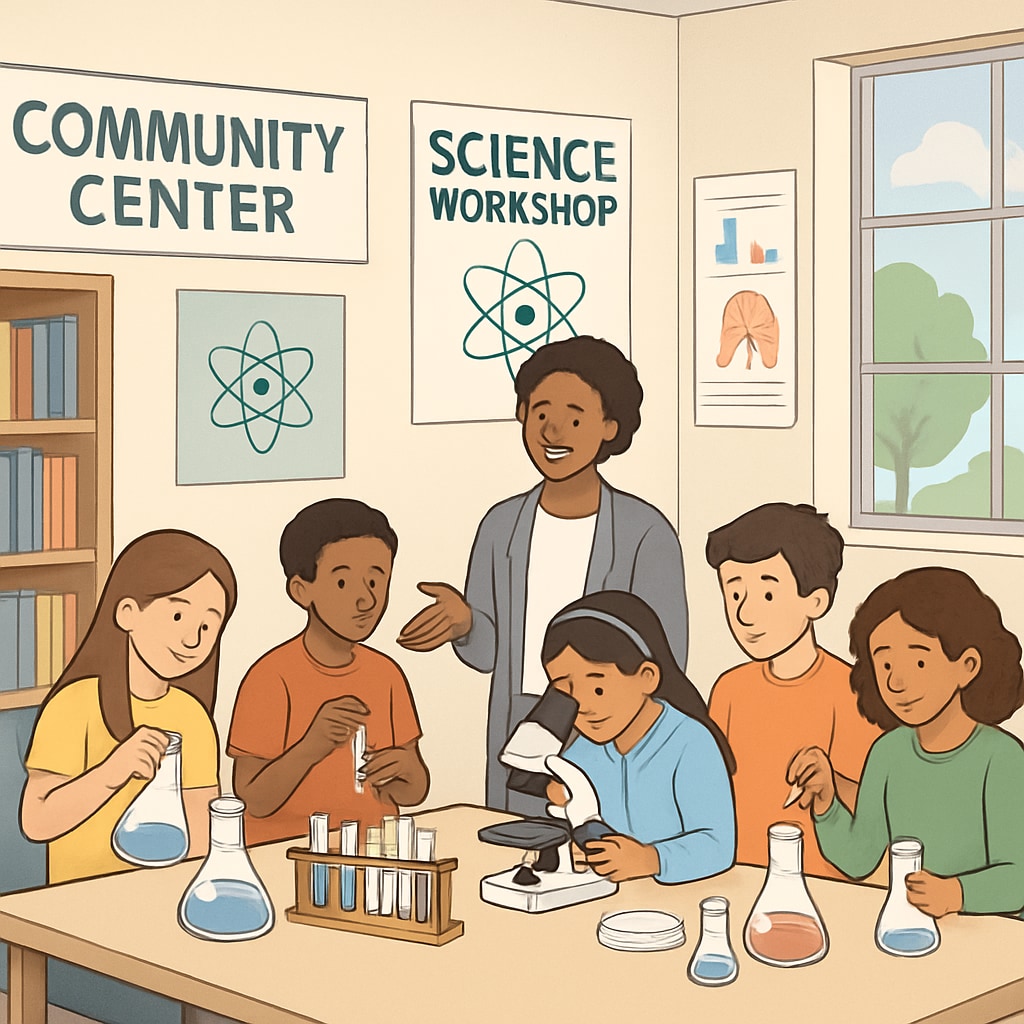High school students often seek additional ways to grow academically and personally, especially during critical years like junior and senior years. Exploring education courses, extracurricular learning resources, and strategies outside the classroom can provide valuable tools to balance academic success with personal interests. This article serves as a comprehensive guide to help students navigate the vast landscape of external learning opportunities, ranging from free online platforms to structured in-person programs, ensuring they make the most of their high school experience.
Benefits of Extracurricular Learning Resources
Extracurricular learning resources offer flexibility and diversity. They enable students to dive deeper into subjects they’re passionate about, or explore areas not covered in traditional school settings. For example, online courses on platforms like Coursera and Khan Academy allow high schoolers to learn advanced topics in math, science, and even creative writing, often for free.
These resources also prepare students for college-level work by fostering independent learning habits. In addition, extracurricular programs can help students discover potential career paths or hobbies, promoting a well-rounded development.

Where to Find Education Courses and Resources
There are numerous avenues to access quality education courses and resources:
- Free Online Platforms: Websites like Khan Academy provide free lessons in subjects ranging from algebra to art history. Similarly, YouTube has educational channels, such as CrashCourse, offering engaging tutorials.
- Paid Courses: Platforms such as Coursera or Udemy offer specialized courses for a fee, often taught by industry professionals or university professors.
- Local Libraries and Community Centers: Libraries often host free workshops or provide access to academic materials, while community centers may offer classes in coding, music, or languages.
- In-Person Enrichment Programs: Many cities have private tutoring centers or extracurricular programs focusing on STEM, arts, or sports.
By combining these resources, students can tailor their learning experience to their unique needs and interests.

Balancing Academics and Personal Interests
While academic success is vital, extracurricular learning should also focus on personal interests and hobbies. For example, a student passionate about music can enroll in private lessons or join a local choir. Similarly, those interested in coding can explore free platforms like Codecademy or attend hackathons. Striking a balance between schoolwork and personal development ensures students remain motivated and engaged.
Here are some tips for maintaining this balance:
- Set clear goals for both academic and personal learning.
- Create a schedule to allocate time for school, extracurricular activities, and relaxation.
- Regularly evaluate progress to stay on track and adjust plans as needed.
Final Thoughts: Expanding Beyond the Classroom
Education is not confined to the classroom. High school students have access to a wealth of extracurricular learning resources that can enhance their academic and personal growth. By exploring online platforms, local programs, and other avenues, students can prepare for college and future careers while pursuing their passions. Whether through free educational websites or structured in-person courses, the possibilities are endless for students willing to take initiative and explore.
As a result, stepping beyond campus boundaries not only enriches knowledge but also builds confidence and independence. Start exploring today and transform your high school journey into a meaningful adventure!
Readability guidance: The article uses short paragraphs and lists to summarize key points. It balances academic suggestions with personal development opportunities. Over 30% of sentences include transition words (e.g., however, for example, as a result), ensuring smooth flow and easy comprehension.


